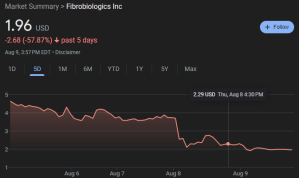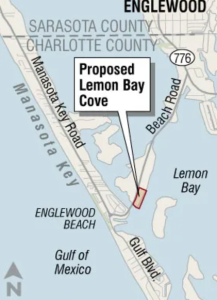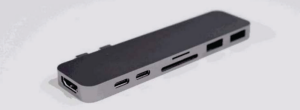
The U.S. Solicitor General has filed the Government's opposition to Chestek PLLC's petition for a writ of certiorari in a case challenging the USPTO's authority to implement certain procedural rules without notice-and-comment rulemaking. The case has has significant implications for the agency's regulatory powers. In particular, the Federal Circuit's decision frees the agency so that it most situations it can conduct rulemaking without any notice-and-comment. Chestek offers some similarities to another APA case pending at the Federal Circuit, Apple v. Vidal, that similarly questions whether the FINTIV discretionary denial rules should have gone through notice-and-comment.
If you recall, this case center's on the USPTO's attempt to address trademark fraud. One approach that the agency has taken is to require trademark applicants to provide their domicile address (defined as their permanent legal residence or principal place of business) rather than just a mailing address. 84 Fed. Reg. 31,498 (July 2, 2019). The agency found that many of the fraudulent filing were from foreign applicants using a U.S. mailing address. This requirement is designed to help weed those out. Chestek refused to provide her home address to the USPTO because of privacy concerns, leading the USPTO to reject her trademark application.
To continue reading, become a Patently-O member. Already a member? Simply log in to access the full post.






